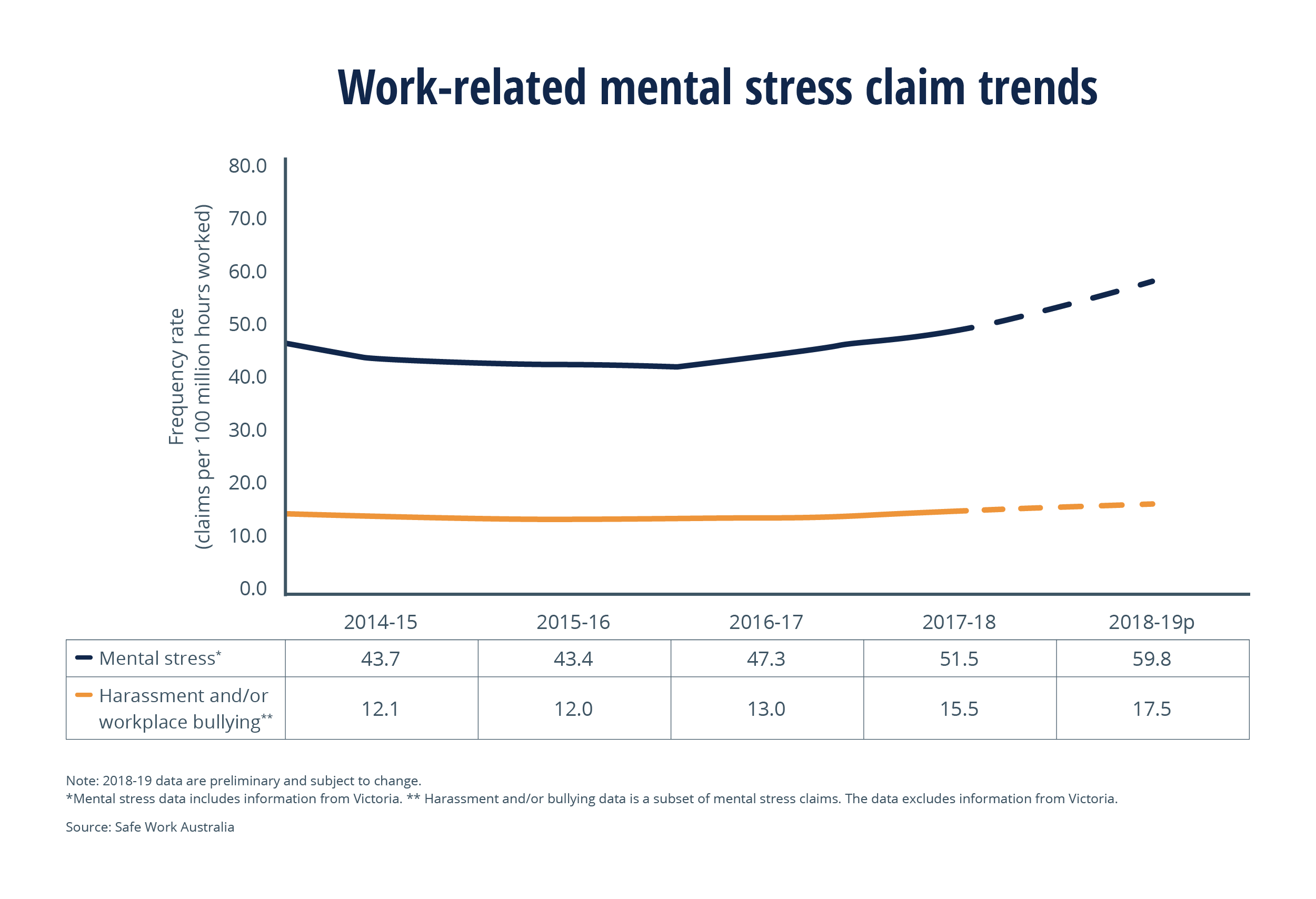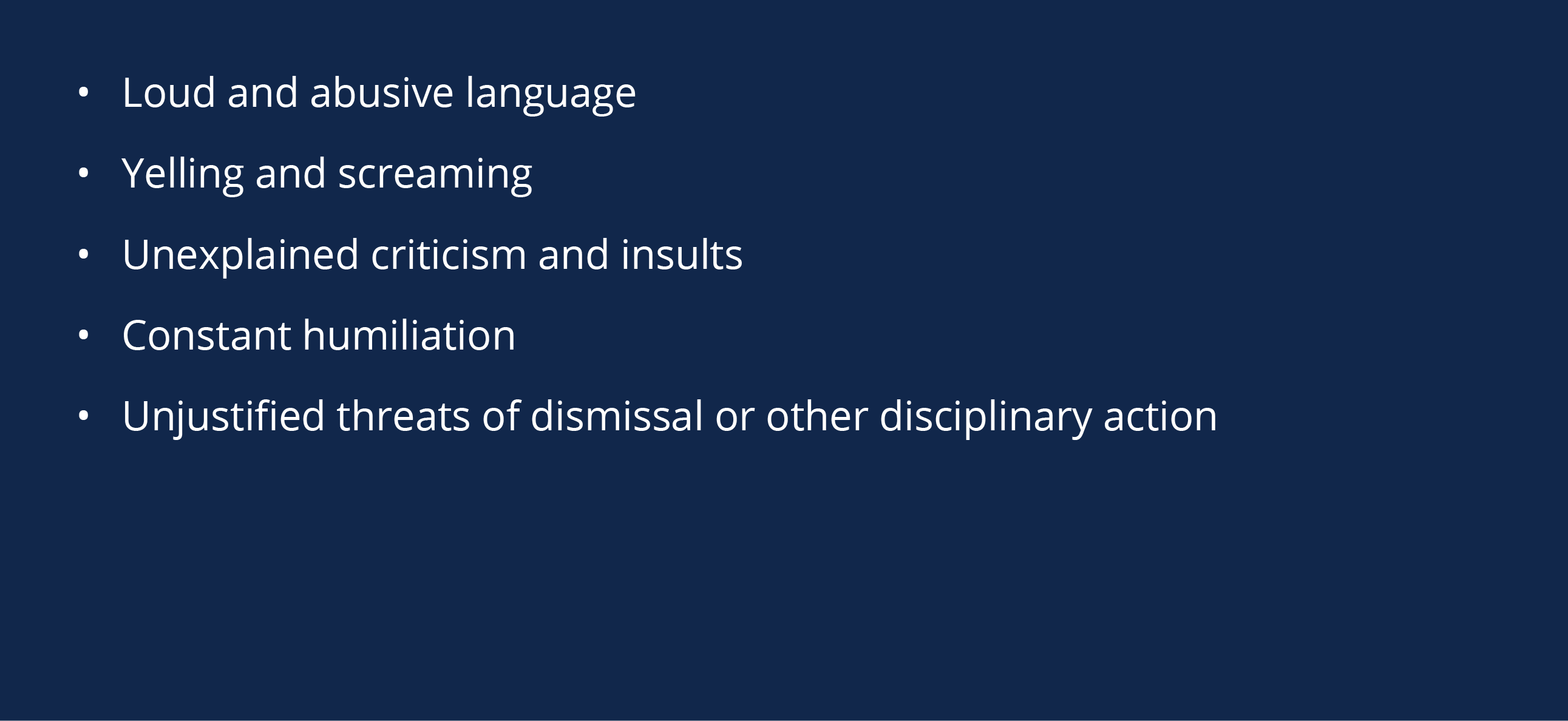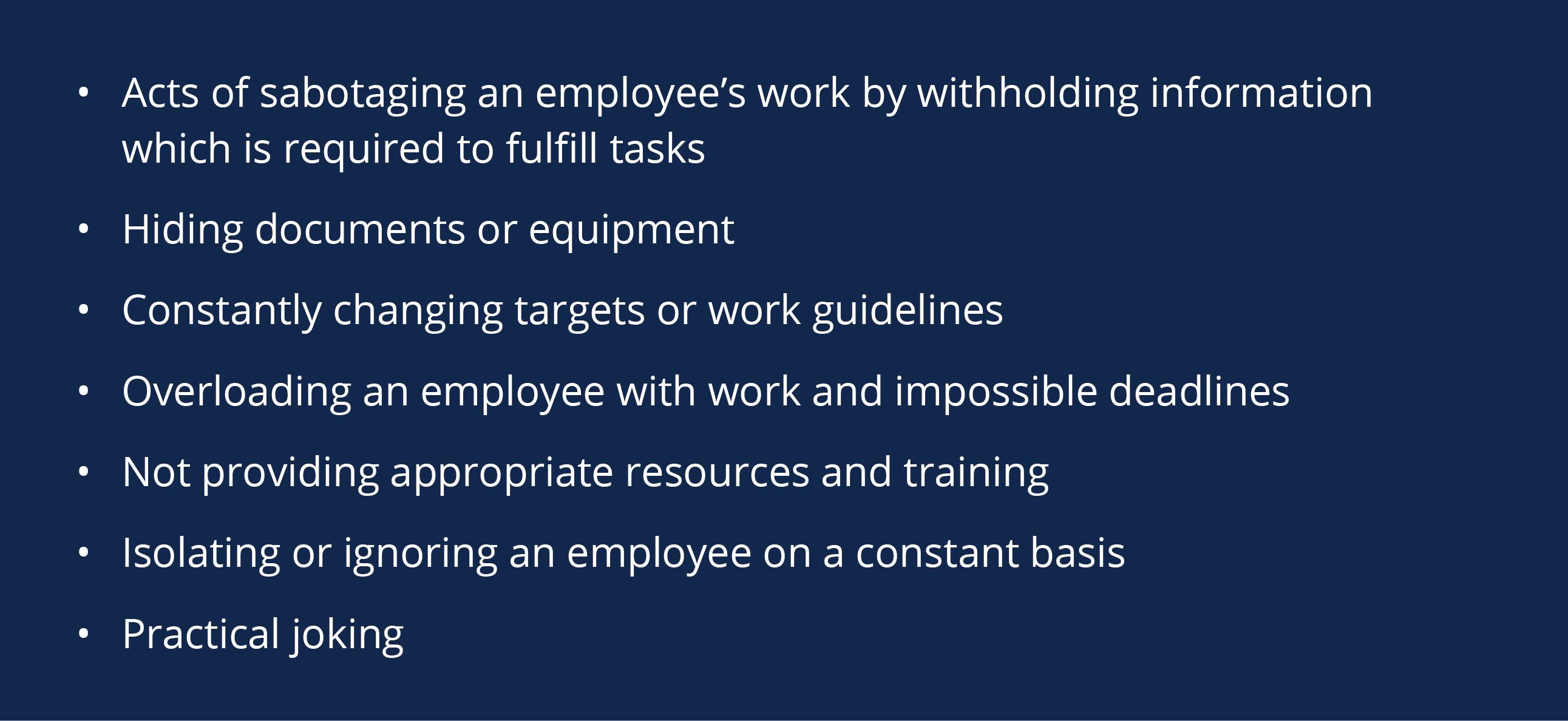Workplace bullying is a risk to health and safety, so identifying it before it escalates is key to a safe work environment.
The latest data from Safe Work Australia shows a rise in compensation claims for work-related harassment and/or bullying, from 1815 in 2016-17 to 2280 in 2017-18.
The Australian Human Rights Commission estimates workplace bullying costs Australian workplaces up to $36 billion each year.
But how do you define bullying and what can you do to ensure it doesn't occur at your business? We explain.

What is workplace bullying?
Workplace bullying is repeated less favourable treatment of a person by another or others in the workplace, which may be considered unreasonable and inappropriate workplace practice.
Bullying may also include persistent aggressive behaviour that intimidates, humiliates and/or undermines a person or group.
Safe Work Australia’s annual statement on psychosocial health and safety and bullying in Australian workplaces shows a 26 per cent jump in workplace bullying claims in the 12 months to July 2018.
Data also shows that the frequency of rate - i.e. claims per 100 million hours worked - of mental health stress claims has increased since July 2014, as well as bullying and harassment rates.

"Workplace bullying must not be confused with reasonable performance management actions, including relevant negative comment or feedback, from managers and supervisors on the work performance or work-related behaviour of an individual," says CCIWA Workplace Relations Director Ryan Martin.
"The process of providing feedback to staff during a formal performance appraisal, or counselling staff regarding their work performance, will not always be free of stress.
"Managers should manage these processes with sensitivity, but they should not avoid their responsibility to provide full and frank feedback to staff."
Examples of bullying
Workplace bullying can be classed as overt, meaning it is done openly, or covert, which is more concealed.
Overt bullying

Covert bullying

Bullying can take place between:
- Men and women.
- Employee and a manager (or supervisor).
- Co-workers.
- Employee and another person in the workplace.
- A group of workers.
The following organisational, individual and cultural factors may influence bullying at work:
- Employees lacking management skills moved into management positions.
- Poor human resource management practices and skills.
Bullying between staff may also include teasing, practical jokes, gossiping, excluding co-workers and criticising co-workers on a regular and systematic basis.
For support on this or other IR matters, contact CCIWA’s Employee Relations Advice Centre on (08) 9365 7660 or email [email protected].
CCIWA's new eLearning Library has a suite of interactive modules on several topics to help run your business, including workplace harassment.
Our Unboxing Employee Relations YouTube channel has videos from our experts on the issue.






